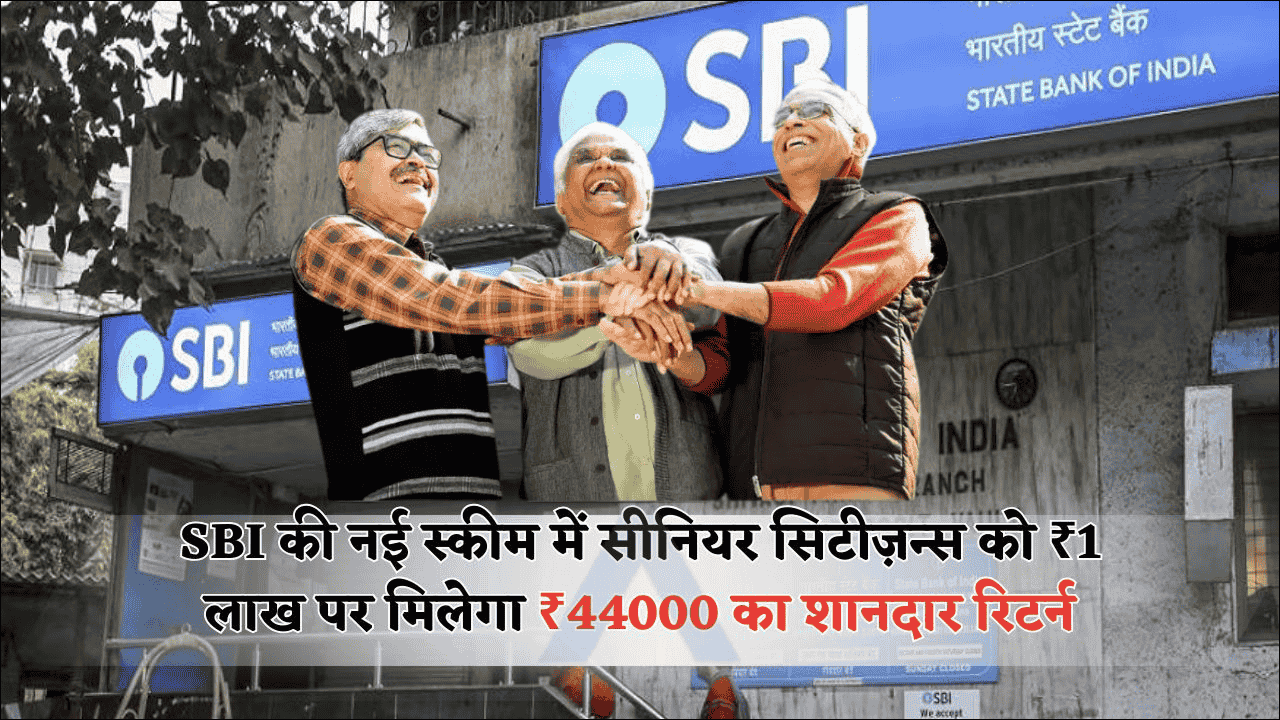
Fuel prices across India continue to show stability with the latest announcements for June 12, 2025. Oil marketing companies have maintained their daily pricing mechanism, with rates being revised every morning at 6 AM based on international crude oil prices, exchange rates, and local market conditions. The current fuel pricing structure reflects the government’s dynamic pricing policy implemented since June 2017.
Consumers across different cities are experiencing varied fuel costs due to state-specific taxes, transportation costs, and local regulations. Understanding these price variations helps citizens plan their fuel expenses more effectively.
Current Fuel Price Overview
The latest fuel prices demonstrate the ongoing impact of international crude oil markets on domestic pricing. Petrol price in India in Top Cities stands at ₹94.77 per litre in New Delhi, ₹103.5 per litre in Mumbai, ₹102.92 per litre in Bangalore, ₹107.46 per litre in Hyderabad, ₹100.8 per litre in Chennai, ₹94.49 per litre in Ahmedabad, ₹105.41 per litre in Kolkata.
Similarly, Diesel price in India in Top Cities stands at ₹87.67 per litre in New Delhi, ₹90.03 per litre in Mumbai, ₹90.99 per litre in Bangalore, ₹95.7 per litre in Hyderabad, ₹92.39 per litre in Chennai, ₹90.16 per litre in Ahmedabad, ₹92.02 per litre in Kolkata.
The pricing stability reflects the current balance between international crude oil costs and domestic market dynamics, providing some relief to consumers who have been concerned about potential price volatility.
City-Wise Fuel Rates Breakdown
Understanding regional price variations helps consumers compare costs across different locations and plan their travel and fuel purchases accordingly.
| City | Petrol Price (₹/Litre) | Diesel Price (₹/Litre) | Price Difference (Petrol vs Diesel) |
|---|---|---|---|
| New Delhi | ₹94.77 | ₹87.67 | ₹7.10 |
| Mumbai | ₹103.50 | ₹90.03 | ₹13.47 |
| Bangalore | ₹102.92 | ₹90.99 | ₹11.93 |
| Hyderabad | ₹107.46 | ₹95.70 | ₹11.76 |
| Chennai | ₹100.80 | ₹92.39 | ₹8.41 |
| Ahmedabad | ₹94.49 | ₹90.16 | ₹4.33 |
| Kolkata | ₹105.41 | ₹92.02 | ₹13.39 |
The significant price variations across cities reflect different state tax structures, with Mumbai having the highest petrol price while Delhi has the lowest. This disparity is primarily due to varying state Value Added Tax (VAT) rates and local body taxes.
Dynamic Pricing Mechanism
Fuel prices in India are revised by the government on a daily basis depending on international crude oil prices, exchange rate, and taxes since June 15, 2017. This dynamic pricing system replaced the earlier fortnightly revision mechanism, bringing greater transparency and reducing speculative trading.
The daily revision process considers multiple factors:
- International Brent crude oil prices
- US Dollar to Indian Rupee exchange rate
- Central excise duty
- State VAT and local taxes
- Dealer commission and marketing margins
International Market Impact: International Crude Oil prices are today trading at $ 78.5/- per barrel, falling 0.12% since Friday and US Brent costing $ 82.4/- per barrel, a fall of 0.16%, indicating relatively stable global oil markets.
Factors Affecting Regional Price Variations
Several key factors contribute to the significant price differences observed across Indian cities:
State Taxation Policies: Each state government imposes different VAT rates on petroleum products. Value-added tax (VAT): It differs from state to state, which is why fuel prices differ across different states and cities.
Transportation and Logistics: Diesel transported to longer distances to cities or regions farther from depots will be priced higher than the places nearer to the storage area of the oil companies. This logistics factor affects pricing in remote areas and cities distant from refineries.
Local Body Taxes: Municipal taxes, octroi, and other local levies add to the final retail price, creating variations even within the same state.
Dealer Commission: Dealer commission: This factor is also considered and varies from dealer to dealer, contributing to minor price differences between outlets.
Price Composition Analysis
Understanding how fuel prices are structured helps consumers appreciate the various components that determine final retail costs:
Cost Components:
- Base price from refineries
- Central excise duty (uniform across India)
- State VAT (varies by state)
- Dealer commission
- Transportation costs
- Local taxes and fees
Price of fuel in India includes excise duty, value added tax (VAT), and dealer commission. VAT varies from state to state in India and after adding excise duty, dealer commission and VAT, the retail selling price of fuel gets nearly doubled in India.
Market Stability and Trends
Current market conditions show relative stability in fuel pricing. Petrol prices in India have remained largely unchanged this month, contrary to initial expectations of a price decrease. This stability provides consumers with predictable fuel costs for budget planning.
The petroleum industry continues to balance multiple pressures including international crude oil volatility, currency fluctuations, and domestic policy changes. Recent trends suggest that oil marketing companies are focusing on maintaining stable retail prices while managing their operational margins.
Consumer Impact and Recommendations
For consumers, the current pricing structure offers several considerations:
Budget Planning: Stable prices allow for better monthly budget planning for both personal and commercial vehicle users.
City Selection: Significant price variations make fuel costs an important factor for those considering relocation or travel routes.
Fuel Efficiency Focus: With relatively high fuel costs, investing in fuel-efficient vehicles becomes economically attractive.
GST and Fuel Pricing
The prices of petrol in Delhi do not come under the ambit of Goods and Services Tax (GST). Hence, it has no impact on the petrol prices in Delhi. Petroleum products remain outside GST, maintaining the current complex tax structure.
Looking Ahead
The fuel pricing landscape continues to evolve based on global oil market dynamics, domestic policy decisions, and economic conditions. Consumers can expect continued daily price revisions reflecting real-time market conditions.
The government’s commitment to transparent pricing through the dynamic mechanism ensures that domestic prices accurately reflect international market movements, though the high tax component remains a significant factor in final retail prices.
Conclusion
June 12’s fuel price announcements reflect the ongoing stability in India’s petroleum market. While regional variations persist due to state-specific policies, the dynamic pricing mechanism ensures transparency and market-responsive pricing. Consumers should stay informed about daily price changes and consider fuel efficiency as a key factor in their transportation decisions.
FAQ
Q: Why do petrol and diesel prices vary so much between cities?
A: Price variations occur due to different state VAT rates, transportation costs from refineries, local body taxes, and dealer commissions. States like Maharashtra have higher taxes, making Mumbai costlier than Delhi.
Q: When are fuel prices updated daily?
A: Fuel prices are revised every morning at 6 AM by oil marketing companies based on international crude oil prices, exchange rates, and other market factors. This dynamic pricing system has been in place since June 2017.
Q: Do international crude oil prices directly affect Indian fuel costs?
A: Yes, international Brent crude oil prices significantly impact domestic fuel costs since India imports most of its crude oil requirements. However, the final price also includes substantial central and state taxes.
Q: Are petroleum products covered under GST?
A: No, petrol and diesel are not covered under GST. They continue to be taxed through the old system of central excise duty and state VAT, which contributes to the complex pricing structure across different states.







